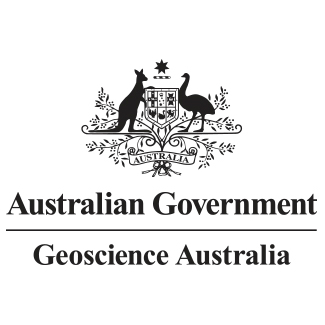Brief description
It has been widely recognised that Light Detection And Ranging (LiDAR) data is a valuable resource for estimating the geometry of natural and artificial features. While the LiDAR point cloud data can be extremely detailed and difficult to use for the recognition and extraction of three dimensional objects, the Digital Elevation Model and Digital Surface Model are useful for rapidly estimating the horizontal extent of features and the height variations across those features. This has utility in describing the characteristics of buildings or other artificial structures. LiDAR is an optical remote sensing technology that can measure the distance from the sensor to a target area by illuminating the target area with light, often using pulses from a laser scanner. LiDAR has many applications in a broad range of fields, including aiding in mapping features beneath forest canopies, creating high resolution digital elevation and surface models. A Digital Surface Model (DSM) represents the earth's surface and includes all objects on it, while the Digital Elevation Model (DEM) represents the bare ground surface without any natural or artificial objects such as vegetation, structures and buildings. The Building Geometry Model (BGM) application is a Python-based software system, used to execute ArcGIS geoprocessing routines developed by Geoscience Australia, which can derive the horizontal and vertical extents and geometry information of building and other elevated features from LiDAR data. The Building Geometry Model algorithms were developed in response to the availability of LiDAR data for the development of exposure information for natural hazard risk analysis. The LiDAR derivatives were used to estimate building footprint areas, inter-storey heights across areas occupied by buildings, and eventually an estimate of gross floor area of different types of buildings. The design and development of the BGM application started in February 2012 as part of a natural hazard risk analysis project in the Philippines. Many of the examples of interface usage in this document contain references to locations and terms used in the Philippines. However, the BGM application has been designed to process data regardless of its geographic location. The object-oriented programming techniques and design patterns were used in the software design and development. In order to provide users with a convenient interface to run the application on Microsoft® Windows, a Python-based Graphical User Interface (GUI) was implemented in March 2012 and significantly improved in the subsequent months. The application can be either run as a command-line program or start via the GUI. The original Version 1.0 of the BGM has been replaced by Version 1.1, which incorporates changes to both the geoprocessing methods and the GUI. In the geoprocessing methods for Version 1.1, the method for calculating the extent of blue roof areas has been improved, which ultimately improves the estimation of vegetation extents. In this version, the user now also has the ability to specify additional datasets that can be used to mask out features from the calculations (such as elevated structures that are not buildings). As a result of changes to the GUI in Version 1.1, the user can now: - Specify the new threshold for the blue roof values in the new Blue Roof Unmask; - Designate band numbers and colours specific to the aerial imagery being used; - Control the NDVI threshold used for determining vegetation extents from aerial imagery; - Specify one or more additional masking datasets. Minor changes to the temporary/intermediate file names have also been made. This document is a user guide to the BGM GUI. It describes the main User Interface (UI) components, functionality and procedures for running the BGM processes via GUI.Lineage
Maintenance and Update Frequency: unknownIssued: 2014
User Contributed Tags
Login to tag this record with meaningful keywords to make it easier to discover
Download the user guide (pdf) (File download)
uri :
https://d28rz98at9flks.cloudfront.net/82091/BGM_UserGuide.pdf![]()
Download the software package (File download)
uri :
https://d28rz98at9flks.cloudfront.net/82091/BGM_v1.1_release.zip![]()
- URI : pid.geoscience.gov.au/dataset/ga/82091

- global : 020c2125-8375-685a-e054-00144fdd4fa6


